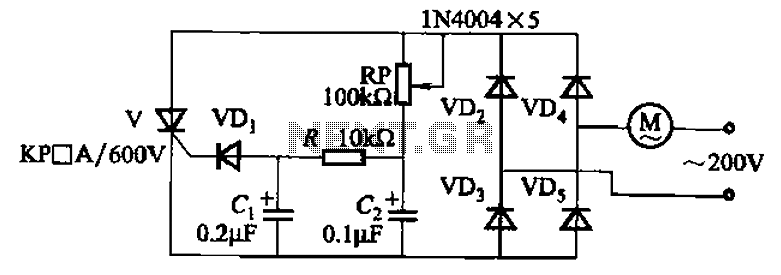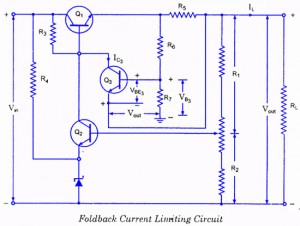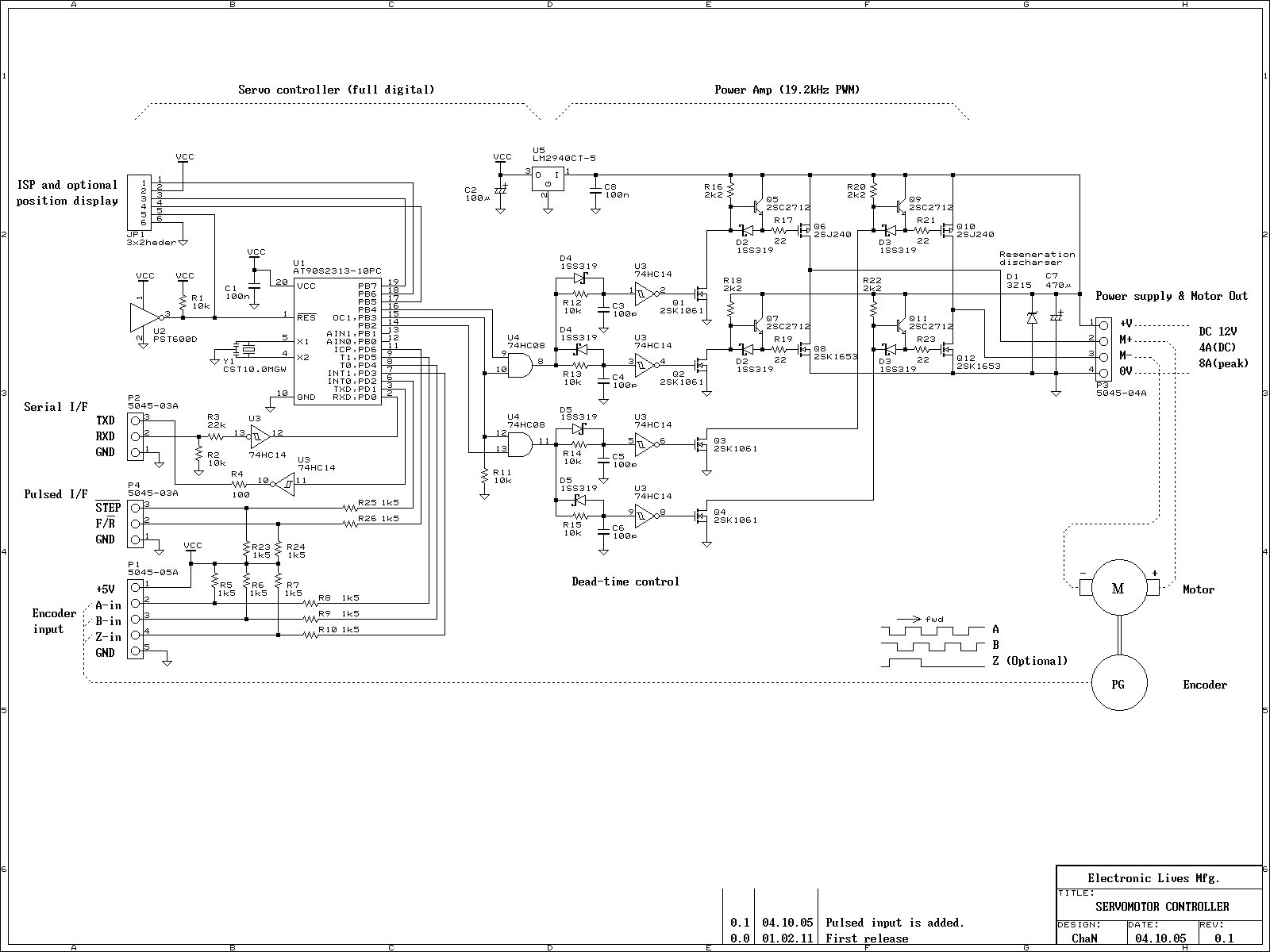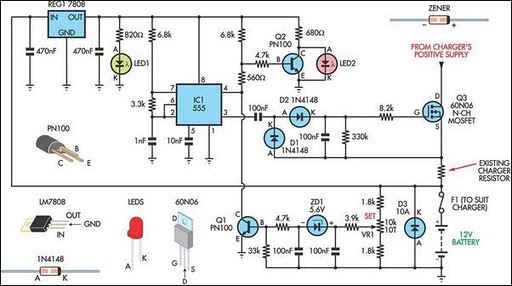
ceiling fan regulator motor speed
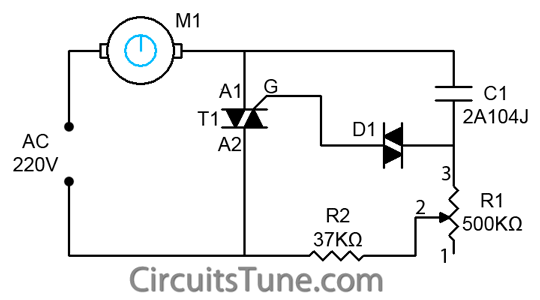
This is a simple ceiling fan regulator circuit diagram used to control the speed of a ceiling fan. In other words, it is an AC motor speed controller circuit that regulates the speed of an AC motor (ceiling fan). This ceiling fan regulator circuit is built with a few components. The circuit is primarily based on the Z0607 TRIAC, which is a low-power AC semiconductor device commonly used for controlling the speed of low-power AC motors. In this ceiling fan regulator circuit, R1=500K is a variable resistor that adjusts the fan speed. The capacitor C1 2A104J is a polyester film capacitor.
The ceiling fan regulator circuit utilizes a TRIAC (Z0607) as the main switching element, allowing for the control of the AC voltage applied to the fan motor. The TRIAC operates by changing its state from off to on when a gate signal is applied, effectively controlling the power delivered to the motor. The variable resistor R1, with a resistance of 500K ohms, allows for the adjustment of the phase angle of the AC waveform, which in turn modifies the average voltage reaching the fan motor, thus controlling its speed.
The capacitor C1 (2A104J), a polyester film capacitor, plays a crucial role in the circuit by providing phase shift and stabilizing the TRIAC operation. The capacitor is charged and discharged in conjunction with the TRIAC's gate control, enabling the precise timing needed for effective speed regulation.
The overall design of the circuit is straightforward, making it suitable for hobbyists and professionals alike. The simplicity of the circuit allows for easy assembly and troubleshooting, with minimal components required. Proper heat dissipation measures should be considered for the TRIAC, as it may generate heat during operation, especially at higher speeds.
This ceiling fan regulator circuit is ideal for applications requiring variable speed control in ceiling fans, ensuring energy efficiency and improved comfort in residential or commercial settings.This is a simple ceiling fan regulator circuit diagram. It is used to control the speed of a ceiling fan. In the other words it is an AC motor speed controller circuit, as because its control the speed of a AC motor(Ceiling Fan). This ceiling fan regulator circuit built with few numbers of parts. The circuit mainly based on Z0607 TRIAC. This is a low power AC semiconductor device. Generally which is used to controlling speed of low power ac motor speed. In this ceiling fan regulator circuit, R1=500K is a variable resistor that is used to adjust the fan speed. Capacitor C1 2A104J is a Polyester film capacitor. 🔗 External reference
The ceiling fan regulator circuit utilizes a TRIAC (Z0607) as the main switching element, allowing for the control of the AC voltage applied to the fan motor. The TRIAC operates by changing its state from off to on when a gate signal is applied, effectively controlling the power delivered to the motor. The variable resistor R1, with a resistance of 500K ohms, allows for the adjustment of the phase angle of the AC waveform, which in turn modifies the average voltage reaching the fan motor, thus controlling its speed.
The capacitor C1 (2A104J), a polyester film capacitor, plays a crucial role in the circuit by providing phase shift and stabilizing the TRIAC operation. The capacitor is charged and discharged in conjunction with the TRIAC's gate control, enabling the precise timing needed for effective speed regulation.
The overall design of the circuit is straightforward, making it suitable for hobbyists and professionals alike. The simplicity of the circuit allows for easy assembly and troubleshooting, with minimal components required. Proper heat dissipation measures should be considered for the TRIAC, as it may generate heat during operation, especially at higher speeds.
This ceiling fan regulator circuit is ideal for applications requiring variable speed control in ceiling fans, ensuring energy efficiency and improved comfort in residential or commercial settings.This is a simple ceiling fan regulator circuit diagram. It is used to control the speed of a ceiling fan. In the other words it is an AC motor speed controller circuit, as because its control the speed of a AC motor(Ceiling Fan). This ceiling fan regulator circuit built with few numbers of parts. The circuit mainly based on Z0607 TRIAC. This is a low power AC semiconductor device. Generally which is used to controlling speed of low power ac motor speed. In this ceiling fan regulator circuit, R1=500K is a variable resistor that is used to adjust the fan speed. Capacitor C1 2A104J is a Polyester film capacitor. 🔗 External reference
